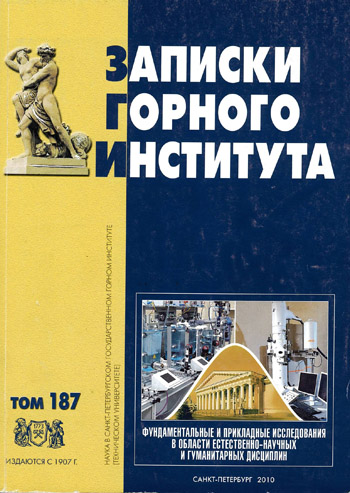Challenges and perspectives for innovative interactive communication technologies in teaching humanities
- Ph.D. associate professor Saint Petersburg State Mining Institute (Technical University)
Abstract
The ongoing reform of higher education in Russia requires finding new approaches to syllabus planning, new ways to manage and supervise students’ individual academic activities. Humanities are not limited to information transfer, they aim at developing students’ analytic abilities as well. Thus, the interaction between students and teachers becomes of utmost importance. The reform allows increasing the share of extramural activities, which creates a challenge of preserving interactivity. In the article, the author has considered cutting-edge interactive communication technologies that can help teachers coordinate students’ extramural studies and encourage their epistemic curiosity they need to absorb humanities.
